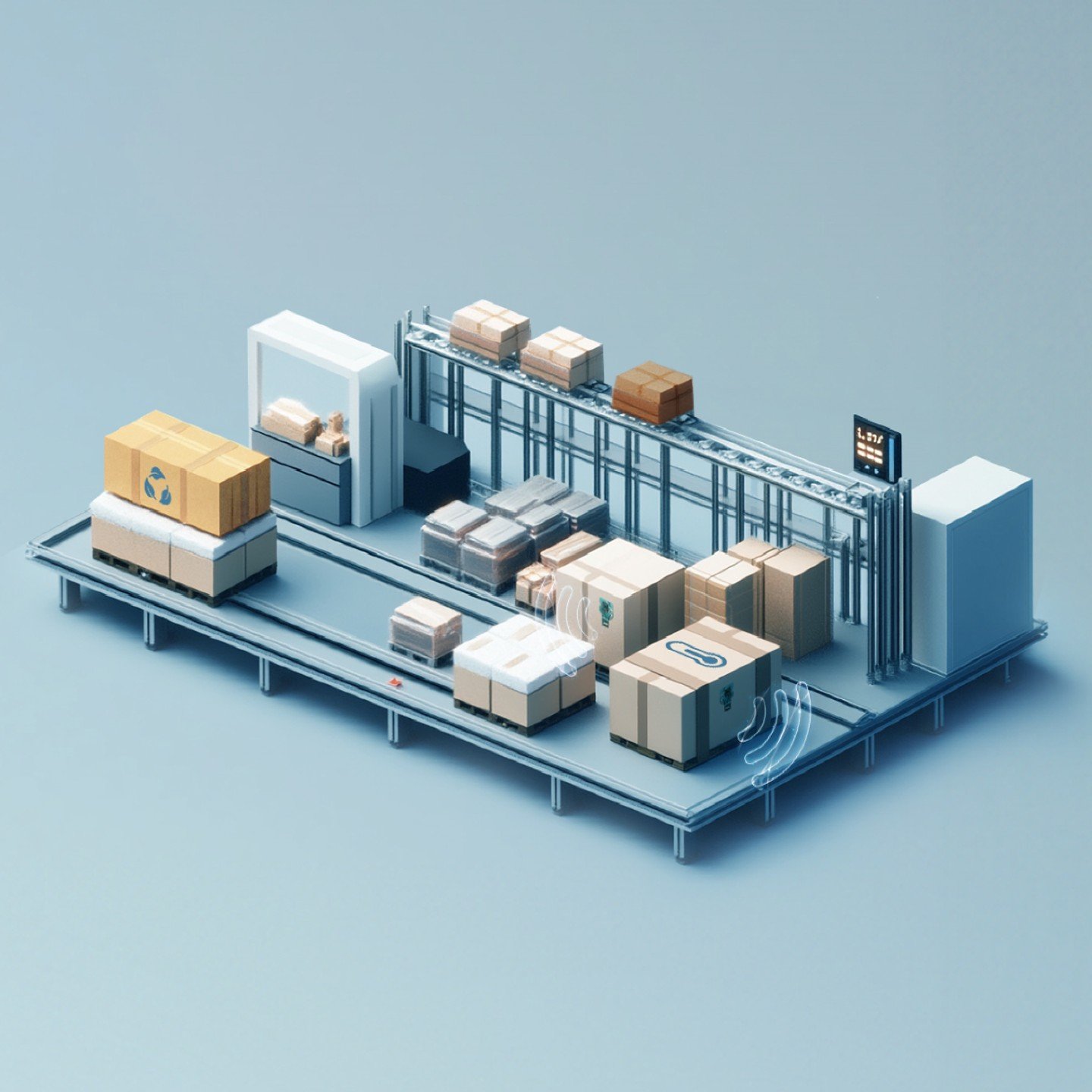The evolution of packaging technology has given rise to next-generation packaging solutions, addressing modern challenges such as sustainability, safety, and consumer engagement. These innovative solutions integrate active, intelligent, and sustainable elements, making packaging smarter and more functional.
What is Next-Generation Packaging?
Next-generation packaging goes beyond traditional functions, leveraging advanced materials and technologies to enhance usability, preservation, and consumer experience. Key features include:
- Active Packaging: Maintains product quality by interacting with contents through technologies like oxygen scavengers and antimicrobial films.
- Intelligent Packaging: Provides real-time information about the product through features like QR codes, NFC tags, and sensors.
Key Features and Benefits
- Sustainability: Use of eco-friendly materials like biodegradable plastics and recycled paper helps reduce environmental impact.
- Consumer Engagement: Interactive elements like QR codes create seamless digital experiences, offering product details and promotional content.
- Freshness and Safety: Active technologies extend shelf life and ensure product safety, especially for perishable goods.
Applications in Major Industries
- Food and Beverages: Active packaging technologies like moisture absorbers and freshness indicators enhance product shelf life, reducing food waste. Intelligent labels provide consumers with real-time updates on product quality.
- Healthcare: Tamper-evident seals, temperature-sensitive packaging, and expiration alerts ensure the safe handling and storage of pharmaceuticals.
- E-commerce and Retail: Smart packaging aids inventory management and enhances unboxing experiences, creating value for both businesses and customers.
Role of Technology in Next-Generation Packaging
Technology drives the adoption of advanced packaging solutions. From blockchain ensuring supply chain transparency to IoT-enabled sensors monitoring product conditions, digital tools are transforming packaging practices. These technologies also allow businesses to optimize logistics, reduce waste, and track environmental impact.
Challenges and Opportunities
While next-generation packaging holds immense potential, challenges such as high costs, material limitations, and consumer adaptation remain. However, ongoing advancements in technology and increased awareness are gradually addressing these issues, making these solutions more accessible and cost-effective.
Future Outlook
Next-generation packaging is shaping the future of industries by blending functionality, sustainability, and consumer engagement. Businesses that adopt these solutions stand to gain a competitive advantage, meeting regulatory requirements while enhancing their brand image.
This transformation is not merely a trend but a necessary evolution, driven by the demands of an increasingly conscious and tech-savvy consumer base.

